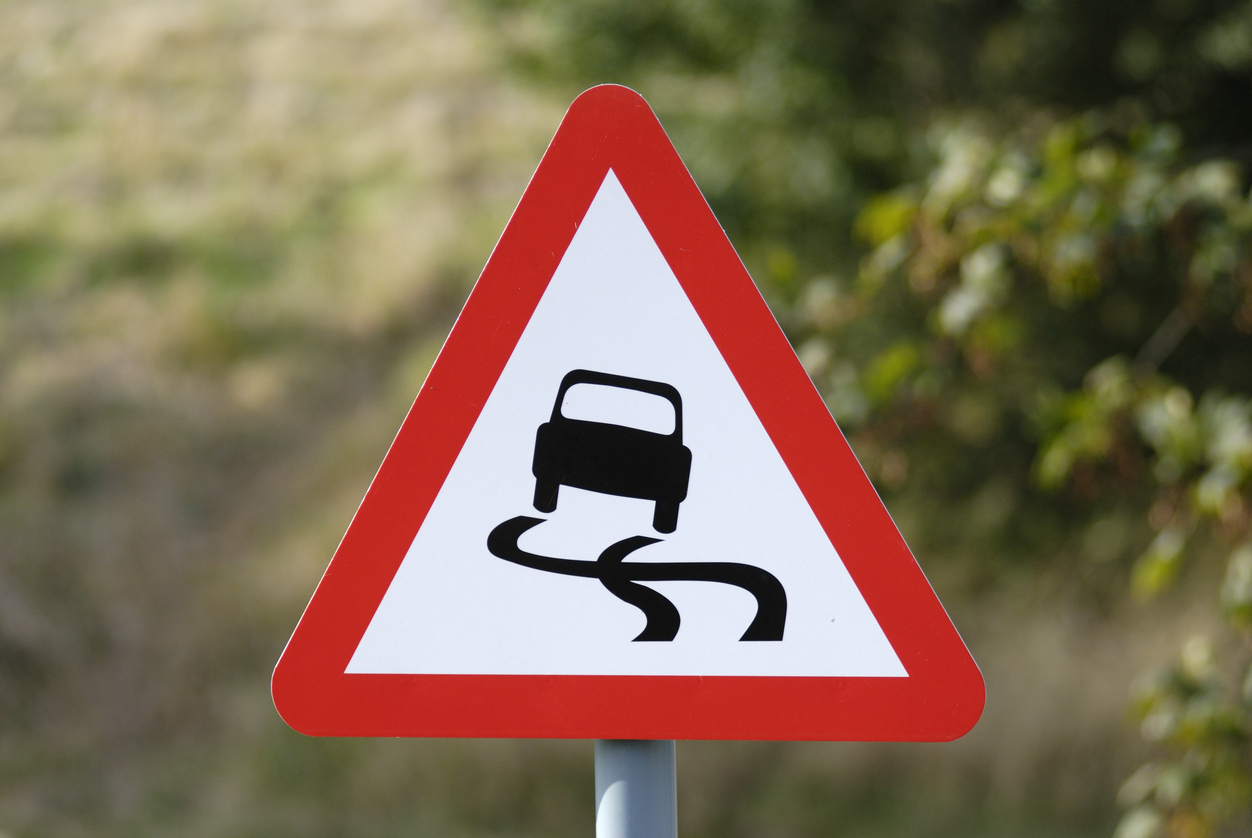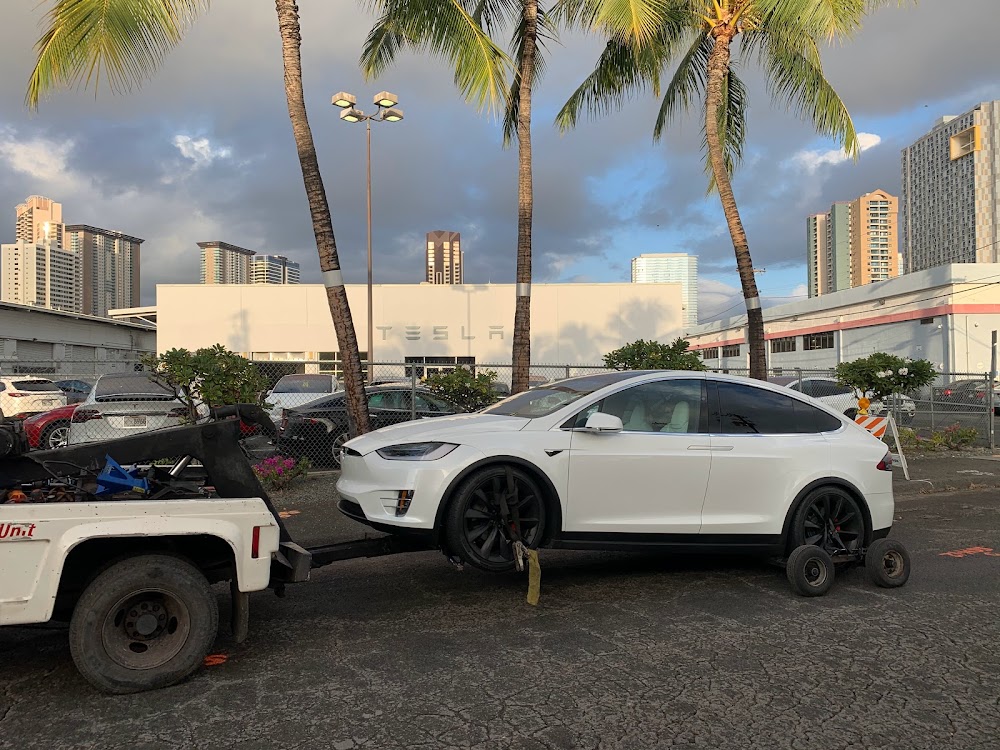Shipping your vehicle can feel like handing over the keys and hoping for the best—but it doesn’t have to. In fact, modern auto transport offers more visibility than ever. With today’s tools and services, it’s easier to track your car shipment and stay updated throughout the journey. Whether you’re moving across the country or sending a car to a student, being able to follow along offers peace of mind and helps you plan for delivery.
So, what should you expect when it comes to tracking?
First, it’s important to understand that real-time GPS tracking—like you’d see with a pizza delivery app—isn’t always standard in auto transport. Most carriers operate long-haul routes and don’t update every few minutes. That said, reputable transport companies will keep you informed with scheduled updates, estimated timeframes, and direct contact with the driver or dispatch.
When you book your shipment, ask upfront what kind of tracking options are available. Some companies use transport management systems (TMS) that offer web-based portals or apps where you can log in and check the vehicle’s progress. These platforms often display pickup and delivery windows, current location estimates, and driver contact info.
In other cases, tracking may be as simple as regular phone or text updates. Many drivers stay in touch throughout the route, calling a day before pickup, updating you during transit, and giving a heads-up when they’re near the drop-off location. While less high-tech, this approach is still effective—especially if you’re working with a smaller carrier or a short delivery route.
Communication is a two-way street, so make sure you’re reachable throughout the shipment period. If your plans change, or if someone else will be accepting the vehicle on your behalf, let the driver know early. Missed calls or unclear delivery instructions can lead to delays, extra charges, or last-minute rescheduling.
It also helps to keep your Bill of Lading and confirmation emails handy. These documents often include the transport company’s name, the driver’s phone number, the estimated delivery window, and the customer service line in case you need support. If you booked through a broker, they should be able to provide tracking updates by checking in with the assigned carrier on your behalf.
Keep in mind that shipping timelines are estimates, not guarantees. Traffic, weather, mechanical issues, and changes to the carrier’s route can all affect delivery. That’s why it’s common to get a window—say, between 5 and 7 days—instead of a specific arrival hour. Still, by staying in touch and receiving updates, you can adjust your plans and avoid surprises.
Once the carrier is a day or two from delivery, you’ll usually get a final update or call to confirm availability. At that point, you or your designated contact person should be ready to meet the driver, inspect the vehicle, and complete the final paperwork.
If you’re someone who likes to stay in the loop, ask about live tracking availability when booking. While not every carrier offers GPS updates, many are moving in that direction, especially for long-distance or high-value vehicle shipments.
In the meantime, clear communication and responsiveness are still your best tools for tracking. Most drivers take pride in their service and understand how important your vehicle is to you—including maintaining the condition of vital components like the windscreens. Don’t hesitate to ask questions, request updates, or check in if something seems off.
Ultimately, tracking your car shipment is about more than knowing where the vehicle is—it’s about confidence and control. With the right transport partner, you’ll stay informed every step of the way, and your car—including sensitive parts like the windscreens—will arrive exactly when and where you expect it.











